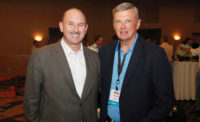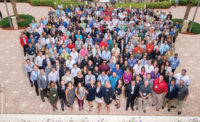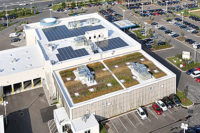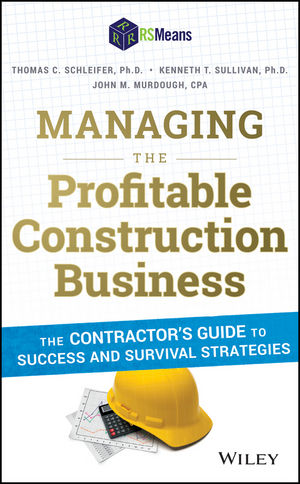With the roofing industry continuously evolving, it seems like there’s always a new method to make business more profit-able. The hard part is figuring out what that new technique or process is and how to incorporate it into a business model correctly. Aaron Nitzkin’s session, titled “Profiting through the Integration of Solar into Your Roofing Business,” will explore the detailed process of adding solar into your business, including the competitive advantages and some com-mon mistakes contractors make trying to incorporate solar into their offerings. In Roofing Contractor OnSite, Nitzkin, who has over 10 years of solar roofing experience, discussed some of his thoughts on solar, including its future in the roofing industry.
|
IRE Session WE02 |
RC: Is solar a passing fad or is it here to stay?
Aaron Nitzkin: While residential and commercial solar adoption in the United States experienced minimal adoption during the last century and the beginning of this century, since 2005, we have seen market traction building year over year. Over the past five years, the annual installation volume of solar photovoltaics has grown 12 times previous levels. In 2015, we hit a big milestone where solar electricity passed the mark of accounting for 1 percent of all electricity generation in the U.S. today. More excitedly, we are on pace for its market share to hit 10 percent within the next 10 to 15 years. On the residential side, solar has grown at a compound annual growth rate of 50 percent since 2010, and to date, the U.S. has installed approximately 4 Gigawatts of rooftop solar on 700,000 homes. That reflects just 0.6 percent of 110 million single-family homes. The market opportunity for future growth remains enormous, and with the renewal of the federal Investment Tax Credit, which was passed in late December 2015, dynamic growth seems almost guaranteed.
RC: Does solar make economic sense in all markets?
Aaron Nitzkin: Solar is not created equal when it comes to different markets and different states. There are three key drivers of a robust solar market: sunlight, avoided cost of electricity, and incentives. With regards to sunlight, or “insolation,” cool sunny climates are the most ideal for solar (think San Diego). That said, if the second and third drivers are in place, the amount of insolation becomes less critical. For example, one of the fastest growing regions in the U.S. for solar is the Northeast – not the first place you would instinctively think of for solar.
The second driver is the avoided cost of electricity. Solar makes great sense if you’re replacing expensive electricity. While the average cost of electricity in the U.S. is $0.11-$0.12 per kilowatt-hour, some states have very high rates, such as California ($0.16), Hawaii ($0.34), and New York ($0.19).
The third key driver is incentives. While rebates remain in some markets, the biggest incentive driving solar adoption is the federal tax credit, where system owners can take a full 30 percent tax credit based on the total price of the sys-tem. For commercial system owners, you can further capture value through accelerated depreciation.
RC: Why should a roofing contractor consider getting into solar?
Aaron Nitzkin: The best time to install solar is when a roof is being installed — whether it’s new construction or a re-roof. Due to roof penetrations being one of the leading causes of problems with solar installations, I believe that roofing contractors are the best positioned trade to handle rooftop solar. No electrical expertise? Good roofing contractors that have achieved some level of scale (two or more crews) can subcontract out the electrical or partner with an electrician until they get enough volume to justify bringing an electrician in-house. In my opinion, great roofing contractors should be the leading solar contractors within their local marketplaces.
RC:What innovative things are happening in solar?
Aaron Nitzkin: With the huge growth that the solar industry has seen over the past 10 years, along with the increasing amount of com-petition, we‘ve seen some degree of commoditization of products. Likewise, as the industry continues to grow and more banks and financing entities jump into solar, I believe that we’ll see financing solutions follow products in terms of standardization and commoditization. So what innovations can we expect to see going forward? Two areas that the industry is focusing on that will help drive up productivity and further cost reductions include: creative ways to lower the cost to acquire a new customer, and innovations in software. New software solutions being pursued broadly cover the areas of Customer Relationship Management (CRM) system design, proposal creation, integrated financing, and project management.
Aaron Nitzkin is the founder and CEO of Solar Roof Dynamics, and has over 10 years of solar roofing experience. He also served as the national sales director for Dow Chemical’s solar division.









